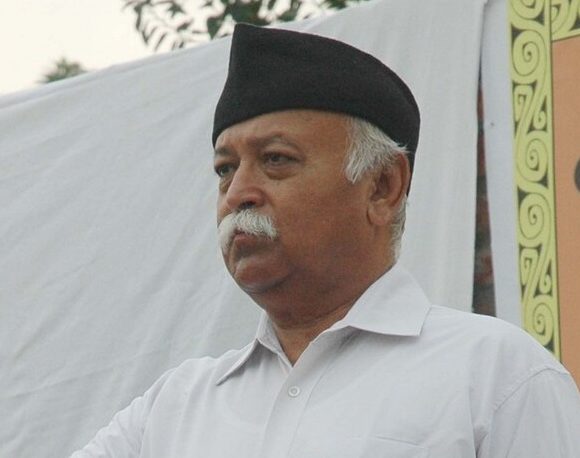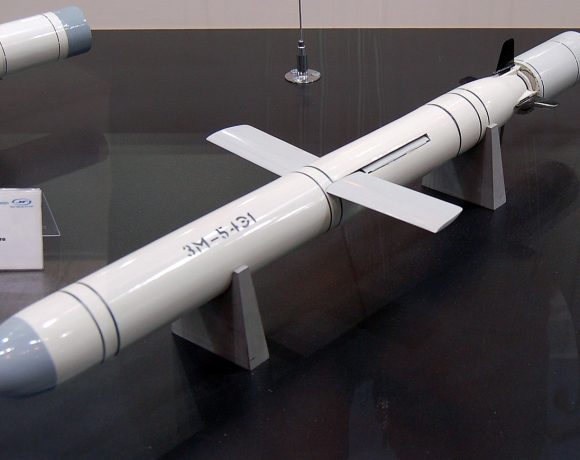
BrahMos Delivers 15 Indigenous Manik Engines to DRDO
BrahMos Aerospace Pvt Ltd (BAPL) has delivered 15 Manik Small Turbofan Engines (STFE) to India’s Defence Research and Development Organisation (DRDO), marking a significant milestone in the nation’s pursuit of self-reliance in missile and UAV propulsion. These deliveries are part of a total order for 35 units, supporting the development of India’s indigenous cruise missiles and advanced unmanned systems.
Manik Engine: A Indigenous Turbofan Powerhouse
Developed by DRDO’s Gas Turbine Research Establishment (GTRE), the Manik engine produces approximately 400 kgf of thrust and is optimized for subsonic performance. Its compact form, lightweight design, and high fuel efficiency make it ideal for powering platforms such as the Nirbhay cruise missile and DRDO’s next-generation unmanned aerial vehicles. The engine’s successful integration into the Indigenous Technology Cruise Missile (ITCM) and further enhancement for the Long Range–Land Attack Cruise Missile (LR–LACM) underscores its strategic importance.
Progress in Cruise Missile & UAV Programs
The deployment of 15 engines represents a critical step towards operationalising future systems:
- Nirbhay Derivatives: The ITCM has already conducted multiple test firings using the Manik engine, achieving ranges up to 1,500 km and validating indigenous capabilities.
- LR–LACM & UAVs: Future variants equipped with these engines will extend mission profiles, enabling advanced reconnaissance, precision targeting, and long-endurance surveillance.
Together, these programs elevate India’s missile autonomy and reduce dependence on imported propulsion systems.
Boost to Indigenous Defence Ecosystem
The collaboration between BrahMos Aerospace and GTRE is part of a broader industry initiative to scale domestic production. With 15 engines delivered and an order of 35 in place, BAPL has established a local manufacturing base near Thiruvananthapuram International Airport. This facility enhances India’s strategic industrial capabilities and aligns with Prime Minister Modi’s flagship Atmanirbhar Bharat (Self-Reliant India) agenda. The Manik engine is expected to see mass production—approximately 300 units over five years—with private sector involvement in manufacturing key components like cast turbine blades.
What This Means for India’s Strategic Posture
- Operational Independence: Domestic engine production cuts reliance on foreign suppliers and strengthens supply chain security.
- Platform Flexibility: Integration of Manik into cruise missiles and UAVs offers modular options adaptable to different mission requirements.
- Tech Synergy: The development roadmap may serve as a foundation for future propulsion systems—including Kaveri-derived engines for high-performance combat aircraft and drones.


















